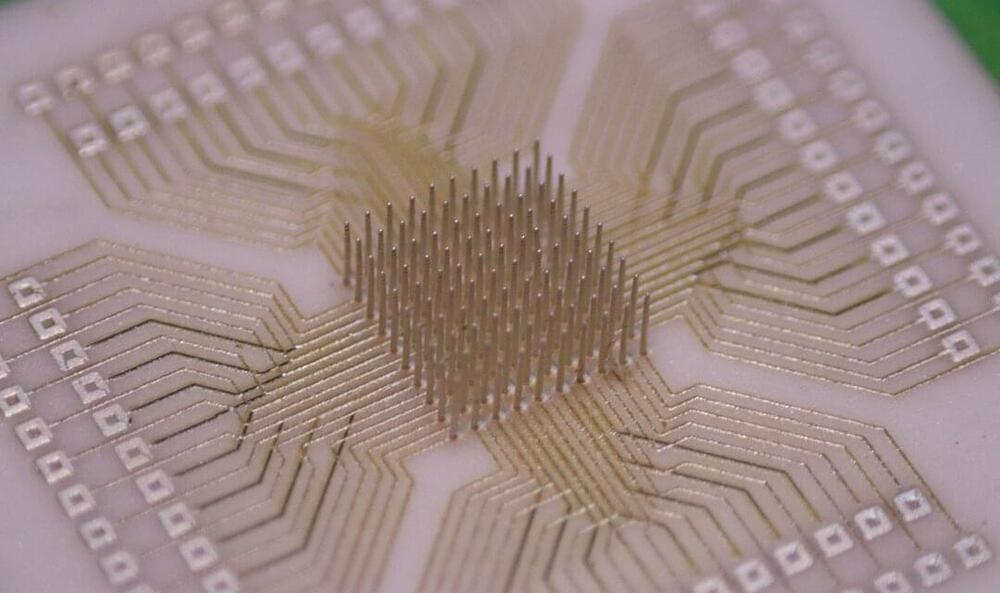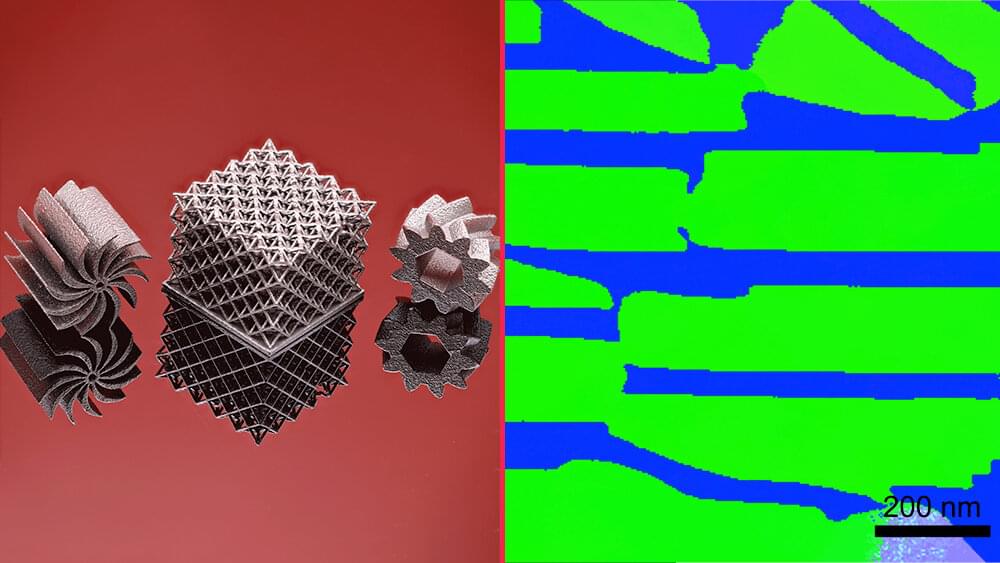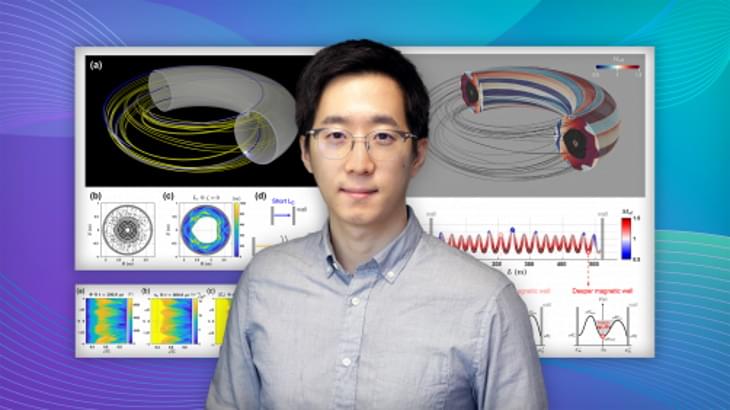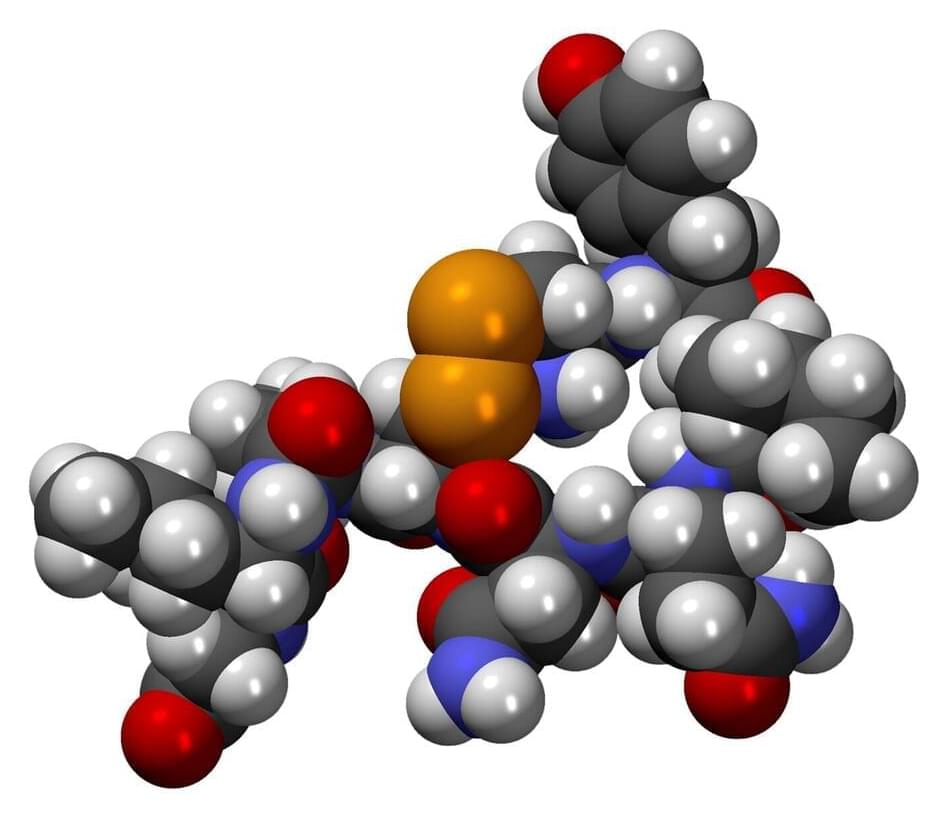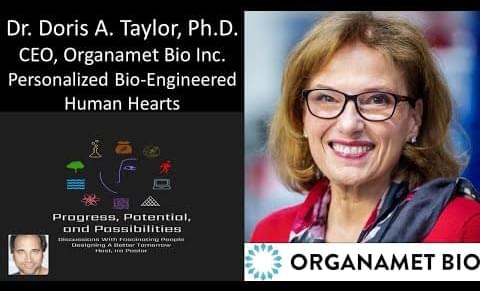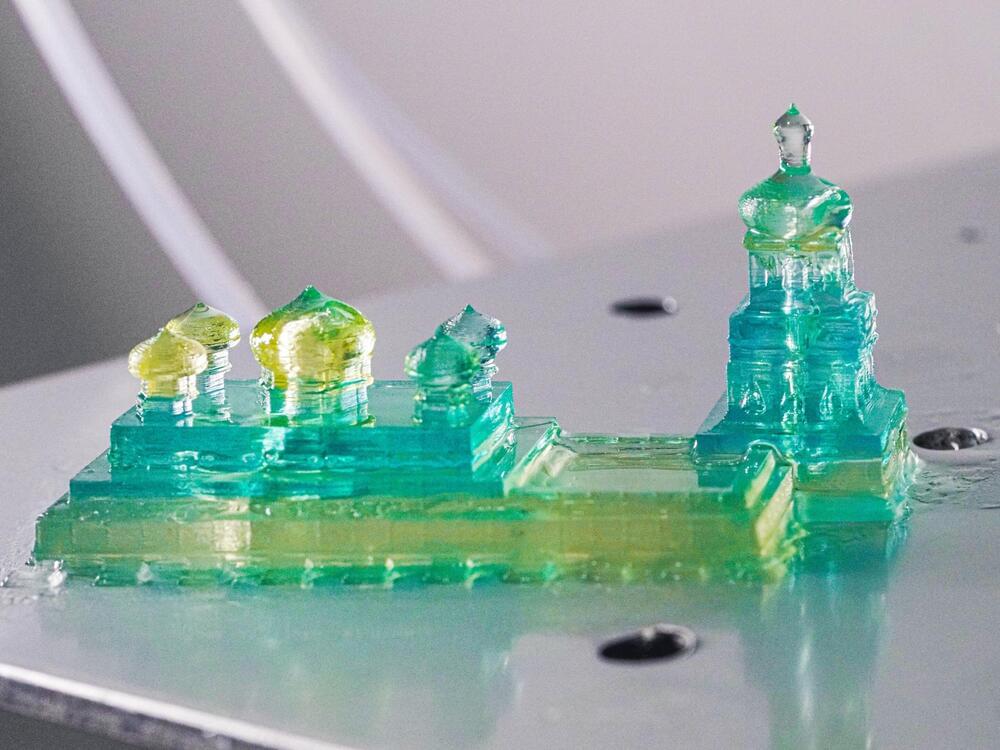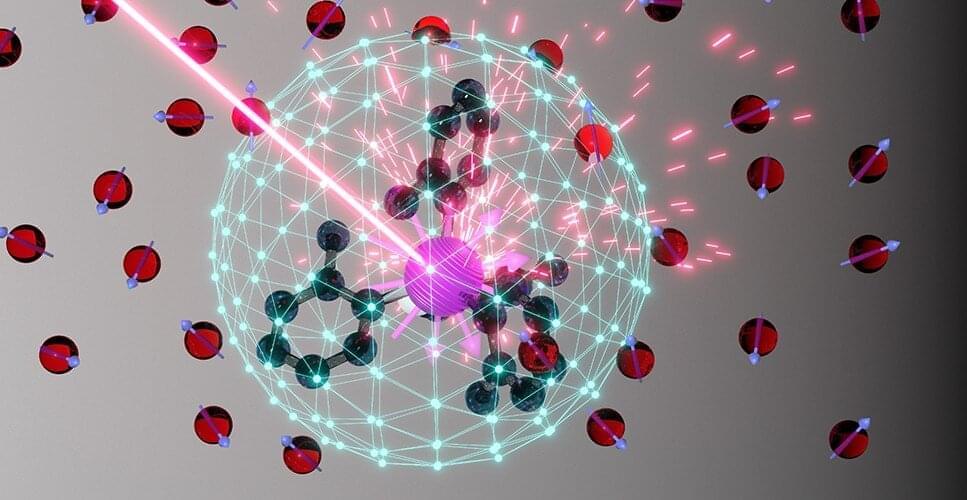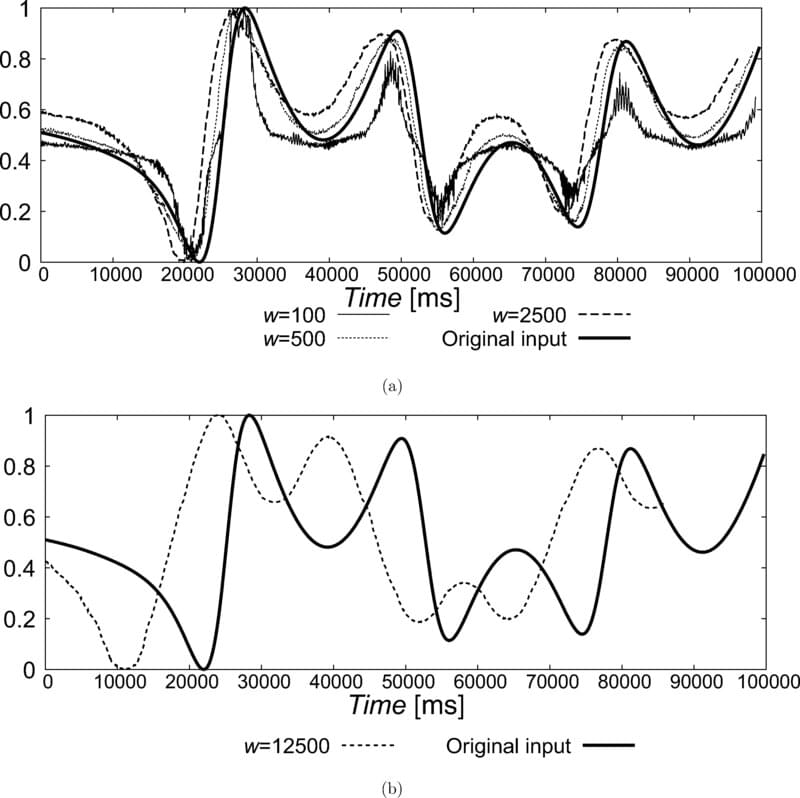Oct 5, 2022
New cleaning technique boosts electronic and photonic prospects of aluminum nitride
Posted by Saúl Morales Rodriguéz in categories: computing, engineering
A group of researchers led by Cornell is unlocking the full potential of aluminum nitride—an important material for the advancement of electronics and photonics—thanks to the development of a surface cleaning technique that enables high-quality production.
The research was published Sept. 9 in the journal Science Advances. Graduate student Zexuan Zhang and research associate Yongjin Cho are the lead authors. The senior authors are Debdeep Jena and Huili Grace Xing, both professors of materials science and engineering and of electrical and computer engineering.
Aluminum nitride has gained significant research interest in the field of semiconductor materials as it provides an unmatched combination of high electrical resistivity and thermal conductivity, according to Zhang. The ceramic material is used as an electrically-insulating but thermally-conducting barrier in electronic devices, and due to its ability to operate at deep UV frequencies, it has great potential for use in light-emitting diodes and lasers.

